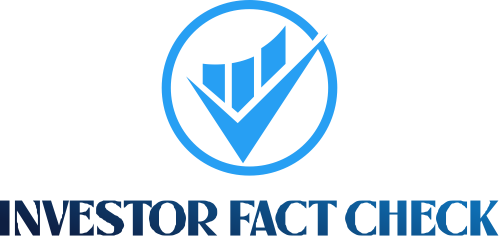One of the most appealing benefits of a certificate of deposit right now is the ability to lock in a high savings rate and know exactly how much you’ll earn ahead of time. The downside? Once you open a CD, you usually can’t keep adding money to your account.
But there are a few exceptions. If you want to lock in a CD rate and continue depositing money, here’s how.
Can you add money to a CD?
Most banks and credit unions don’t let you add money to a CD before it reaches maturity. Since you’re getting a fixed interest rate, the bank wants to know how much it’s going to need to pay you to hold onto the money for a period of time.
There are some exceptions, though. For example, Marcus by Goldman Sachs allows customers to add funds to a CD for up to 30 days after opening their account. In most cases, though, the only chance you will have to add funds to a CD is if you renew your CD. And you’ll have only a short grace period between maturity and renewal — usually 10 days at most banks.
There is one alternative type of specialty CD designed to let you add money after opening, and it’s appropriately called an add-on or an add-to CD. Add-on CDs offer flexibility, but they’re hard to find and the terms for this type of CD are limited. The biggest tradeoff? You might have to accept a lower rate than a traditional CD: The bank is accepting a risk that you might add thousands of dollars throughout the term, which means it would need to pay you a larger pile of accrued interest.
Where to find add-on CDs
If you’re interested in adding money to a CD, here are a few banks currently offering them.
| Bank | Term | APY | Minimum deposit |
| Fairwinds Credit Union | Six or 12 months | 1.00% or 1.60% | $1,000 |
| First Horizon | Six months | 0.10% | $500 |
| Bank5 Connect | 24 months | 0.85% | $500 |
What to do if you can’t add money to a CD
If you’ve already opened a CD and can’t continue contributing to it, there are other options for growing your money over time.
- Consider investing: CD rates look appealing right now, but any financial adviser will tell you the same valuable lesson: In the long run, CD earnings will likely be lower than you can get with stocks and bonds. Make sure you’re diversifying your money across different levels of risk and reward to build your wealth, but that you understand the risks for each saving and investing option. Some bonds can offer a higher return, but you still may not be able to add or withdraw money for a period of time.
- Open a high-yield savings account: If you want a place to deposit your money immediately, compare high-yield savings accounts. While high-yield savings rates offer lower interest rates than CDs right now, you can find rates above 4% and 5% at some online banks. You won’t have to deal with the extra loopholes of a CD such as early withdrawal penalties and maturity dates. The only main drawback is that your interest rate is variable and can change at any time. If your APY goes down, so will your earning power.
- Open another CD: If you’re worried about spending the cash you may stash in a high-yield savings account, consider opening another CD. The early withdrawal penalty can act as a fence around the cash. Plus, you’ll be in the early stages of building a CD ladder.
- Open a money market account: Many banks offer money market accounts that have check-writing privileges and a debit card. And you can make a certain number of transfers and withdrawals per month. However, some banks require a higher minimum balance to avoid fees and earn interest.
What to know before opening a CD
Since you may be limited to depositing or withdrawing money from a CD, take a close look at your finances to figure out how much you can comfortably do without for a period of time. Make sure you’re keeping at least enough money accessible in a savings account to serve as your emergency fund. Since CDs come with early withdrawal penalties, this isn’t the place to keep your backup cushion of cash.
Since your money will be locked away for a period of time, it’s important to compare the best CD rates across different banks and credit unions to get the best return on your savings. However, there are other types of CDs, such as bump-up CDs that let you request a rate increase if rates go up during the term.
If you’re planning to open a CD anytime soon, it’s best to think about what you’ll do when the CD term ends. Keep in mind, though, that CD rates will likely be different by the time your grace period arrives. They’re high now due to the Federal Reserve’s decision to keep the federal funds rate range at 5.25% to 5.5%. And most banks and credit unions move alongside the Fed’s direction. But savings rates are expected to drop later this year.
Some banks, like Bread Savings, offer slightly elevated rates when customers opt to renew. But as rates lower, you may not earn as much — even with a boosted renewal rate.





